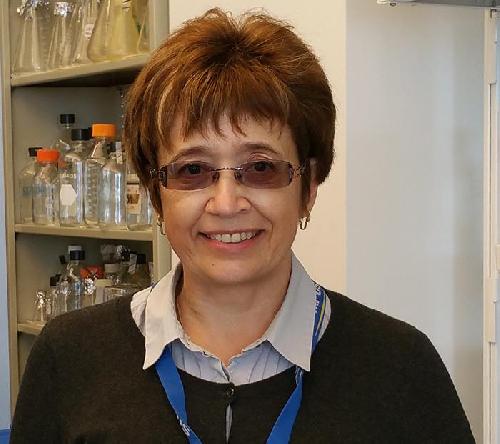ST. LOUIS -- Saint Louis University researchers have found that a type of compound that disrupts the process that causes fibrosis (scarring) in the lungs and liver also shows promise in preventing and treating fibrosis in yet another organ, the pancreas. The research was conducted in an animal model.
Pancreatic fibrosis - or the formation of scar tissue in the pancreas - is associated with chronic pancreatitis, a progressive and debilitating illness that lacks a specific treatment. Patients who have chronic pancreatitis face an increased risk of developing diabetes and pancreatic cancer and diminished quality of life from chronic pain, malnutrition and diarrhea. Ultimately chronic pancreatitis progresses to a point where the patient needs to receive various enzymes and insulin to survive.
"Our study suggests it may be possible to develop a treatment that would at least preserve the remaining function of the pancreas by halting fibrosis. Ideally, by halting the fibrotic process, it's also possible the pancreas would have a chance to heal and possibly recover some of the lost function," said Barbara Ulmasov, Ph.D., lead author of the paper and associate research professor of gastroenterology at Saint Louis University.
 Barbara Ulmasov, Ph.D., associate research professor of gastroenterology at Saint Louis University, is the lead author of paper that studies a condition associated with chronic pancreatitis. Her team conducted research in an animal model and found that a type of compound that disrupts the process that causes lung and liver fibrosis also shows promise in preventing and treating pancreatic fibrosis. Credit: Saint Louis University
Barbara Ulmasov, Ph.D., associate research professor of gastroenterology at Saint Louis University, is the lead author of paper that studies a condition associated with chronic pancreatitis. Her team conducted research in an animal model and found that a type of compound that disrupts the process that causes lung and liver fibrosis also shows promise in preventing and treating pancreatic fibrosis. Credit: Saint Louis University
Special cells in the pancreas called pancreatic stellate cells regulate the development of chronic pancreatitis. They are activated by a protein called Transforming Growth Factor Beta (TGFB), which stimulates fibrogenesis -- a series of cellular actions that cause overproduction of collagen and its resulting scarring.
Scientists induced pancreatic fibrosis in a mouse model, and studied whether a compound called an integrin inhibitor would block the gene that activates TGFB, preventing the launch of the chain reaction that leads to scarring.
They found the integrin inhibitor prevented cellular activities that led to scarring and kept pancreatic fibrosis from developing in the animal model. They also found that the integrin inhibitor turned off the activation of TGFB in cultured cells.
The findings are important in helping us better understand potential prevention and treatment of pancreatic disease, said David Griggs, Ph.D., senior author and director of biology at Saint Louis University's Center for World Health and Medicine.
"Although the understanding of the causes of chronic pancreatitis and pancreatic cancer have advanced in the past decade, neither the incidence nor the outcome from these diseases has changed -- indicating that large gaps in knowledge remain that have prevented the development of effective preventive and treatment measures," Griggs said.
"In this paper we identified a group of proteins as new and important players in the mechanism of pancreatic fibrogenesis. Using a mouse model of chronic pancreatitis developed in SLU's laboratory, we demonstrated that small molecular compounds developed by SLU's Center for World Health and Medicine can very rapidly arrest the fibrosis process even after it is well underway in the organ."
The next steps, Griggs said, are to study how integrin inhibitors react with other cells in the pancreas and to see if the compound, which was given to mice as an infusion, can be turned into a drug that is given orally.
source: Saint Louis University